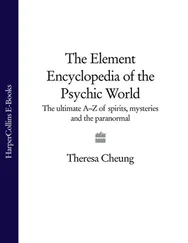To je hotový Balkán (That’s the Balkan way of doing things) is a common exclamation when a Czech encounters unpleasant phenomena such as corruption, bulging bureaucracy, souring criminality, chaos, violence, religious intolerance or unacceptably temperamental behaviour (see: Communication). Jaroslav Hašek’s soldier Švejkoften refers to the wine cellar “Sarajevo” where people are fighting all the time. The name of a Bosnian city, Maglaj, has even become a frequently used expression in Czech languagefor anything that is wild and unpleasant. V hospodě je maglajz means that the pub is stuffed with people who very likely are beating the guts out of each other.
Not surprisingly, the Czechs’ belittling attitude towards the Balkan has its roots in history. From the second half of the nineteenth century, the south-eastern part of Europe was more or less in constant turmoil. This affected the Czechs quite directly, since the Austro- HungarianEmpire, which they were a part of, occupied Bosnia in 1878.
Events like the “Bulgarian atrocities”; the “Maglaj butchery” and the “Balkan crises” had the same devastating impact on public opinion in Bohemiaand Moraviaas news from Iraq has in the West today. Then add a bloody Balkan war, where the south Slavs started fighting each other instead of fighting the Turks, and the Sarajevo assassination of Franz Ferdinand, the heir to the imperial throne in Vienna, and the Balkans’ negative image among the Czechs was cemented for centuries. Needless to say, the horrible war in ex-Yugoslavia in the 1990s hasn’t done much to change those old stereotypes.
The funny thing, however, is that Czech society itself can offer an abundance of exactly those phenomena that are so frequently associated with the much-cursed Balkan countries.
Most people in this country perceive bulging bureaucracy, souring criminality and corruption (the organisation Transparency International ranks the Czech Republic close to Romania) as serious problems. True, the Czechs have a better track record than, for instance, the Serbs when it comes to religious tolerance, but the 50,000 or so Muslims who live in the Czech Republic still don’t have a single mosque in the classical style. And when some Saudi billionaire offered to sponsor the construction of a mosque in the city of Teplice, he was politely, but firmly rejected: such buildings don’t belong to a Czech spa town!
Another Czech cliché is that people from the Balkan countries have some kind of inborn aptitude for violent behaviour. According to common wisdom, Czech women are strongly advised not to marry a man from ex-Yugoslavia, “because they are known to beat their wives”.
Besides the fact that this is a silly generalisation, several non-governmental organizations have recently pointed out that physical mistreatment of women by their husbands is actually a widespread — and so far untargeted — problem in the Czech Republic.
So, should we agree right away with the writer Vlastimil Třešňák, who claims that the Balkans start outside Prague’s Karlín district? The Czechs’ obsession with wall-to-wall carpets, sandals, male-only hospodas and “Turkish coffee” (which under no circumstances should be confused with real Turkish coffee!) might indicate that there is something to this statement. On the other hand, the Czechs’ laxity towards religion and military fighting (see: National Identity) suggest that the similarity should not be exaggerated.
Therefore, a quote from the Bible is probably the most appropriate way to summarise the Czechs’ perception of the Balkans: It’s easier to see the splinter in your brother’s eye than the beam in your own!
Czech history is a virtual roller coaster, with both magnificent zeniths and incredible disasters. Two Czech kings, Charles IV (1346-1378) and Rudolf II (1576-1611), for instance, not only ruled Bohemia, Moraviaand all of Silesia plus large chunks of the area which now is a part of Germany and Poland, but they were also elected Emperors of the Holy Roman Empire, making Prague a European centre of science and arts.
And then take a look at the Battle of White Mountain in 1620.
From a military point of view, the action that took place on the top of White Mountain ( Bílá hora ) — a 382-meter-high hilltop several kilometres to the west of Old Prague’s city walls — probably didn’t differ significantly from dozens of similar clashes at the time. Yet in the Czechs’ collective memory White Mountain has become a fetish of one of the biggest disasters in the country’s history, widely regarded as “an event that triggered three centuries of darkness”.
Although this term sounds a bit more dramatic than life in Bohemia and Moravia after 1620 actually was, it’s still fair to say that the battle on that foggy November day in 1620 represented a major crossroads in this country’s history. It also underpins the view that Czechs have revealed many talents throughout history (see: Beauty Contests; Beer; Cimrman, Jára; Gott, Karel; Ice Hockey), but they have never excelled in the military field.
The Czechs’ most inglorious debacle was triggered when members of the mainly-Protestant Czech gentry and nobilitybroke into the royal quarters on the third floor in the Prague Castle in May 1618 and promptly treated the Catholic Emperor’s governors to a full-fledged defenestration. The ruler in Vienna reacted with expected fury. The Czechs need to be taught a proper lesson once and for all! For the next two years, the imperial army fought numerous battles against the Czech forces without achieving any major victories.
However, the punitive expedition against the recalcitrant Czechs suddenly became more successful when the Catholic League, a union of South-German principalities that resisted Protestantism almost with the same fervour as they detested Islam, decided to support the Emperor’s army. In the autumn of 1620, the two enemies fought brutal battles in several places in Southern and Central Bohemia. After one of these clashes, the armies of the Emperor and the Catholic League, numbering more than 30,000 men, sent some 13,000 soldiers from the Czech crown’s army on the run towards Prague.
At one o’clock in the morning on the 8th of November, the Czech army arrived at White Mountain. Aware of the fact that his men were deadly tired, Commander-in-Chief Christian von Anhalt decided to pitch camp on the hilltop and prepare for a decisive battle against the enemy. Already at this point, contemporary eyewitnesses expressed grave doubts about the state of von Anhalt’s soldiers.
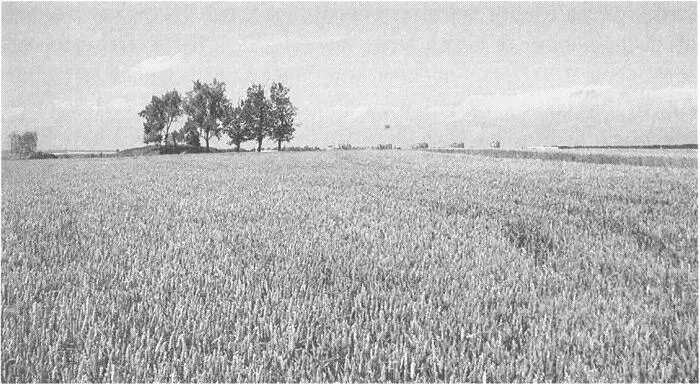
Photo © Terje B. Englund
“Since the leaders of the Czech rebellion didn’t wish to give ordinary people weapons in their hands, mostly Germanswere hired. Thus, alongside a handful of our own men, the fateful battle for our national freedom was entrusted into the hands of paid mercenaries,” the historian František Dvorský writes.
Widespread boozing (see: Alcoholism) was already a problem at that time. Early in the morning on the 8th of November, a huge number of the soldiers left, running off to Prague to get food, beerand women. “If Commander-in-Chief von Anhalt had not ordered all the city gates to be closed, at least every other soldier would have fled to the inns,” Dvorský concludes.
Precisely at noon, when the fog had lifted, the Catholic League and the imperial army launched their attack. Except for a few displays of great bravery, namely by the Moravian Regiment, who fought almost to the last man (and, thus, laid the foundations for the commonly acknowledged theory that the inhabitants of Moravia generally possess more guts than their brethren in Bohemia), the Czech army’s retaliation was, at best, disorganized and faint.
Читать дальше
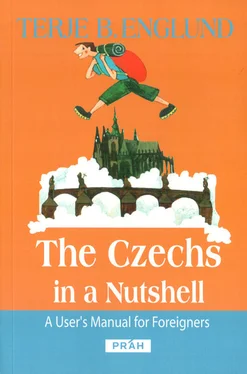

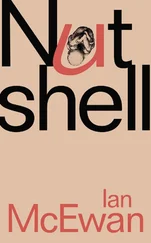
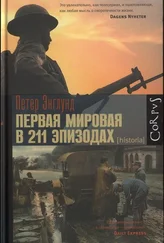


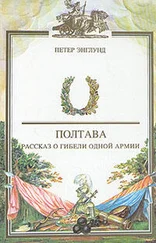

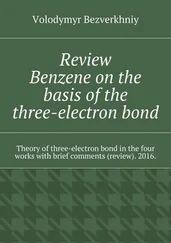
![Theresa Cheung - The Dream Dictionary from A to Z [Revised edition] - The Ultimate A–Z to Interpret the Secrets of Your Dreams](/books/692092/theresa-cheung-the-dream-dictionary-from-a-to-z-r-thumb.webp)


